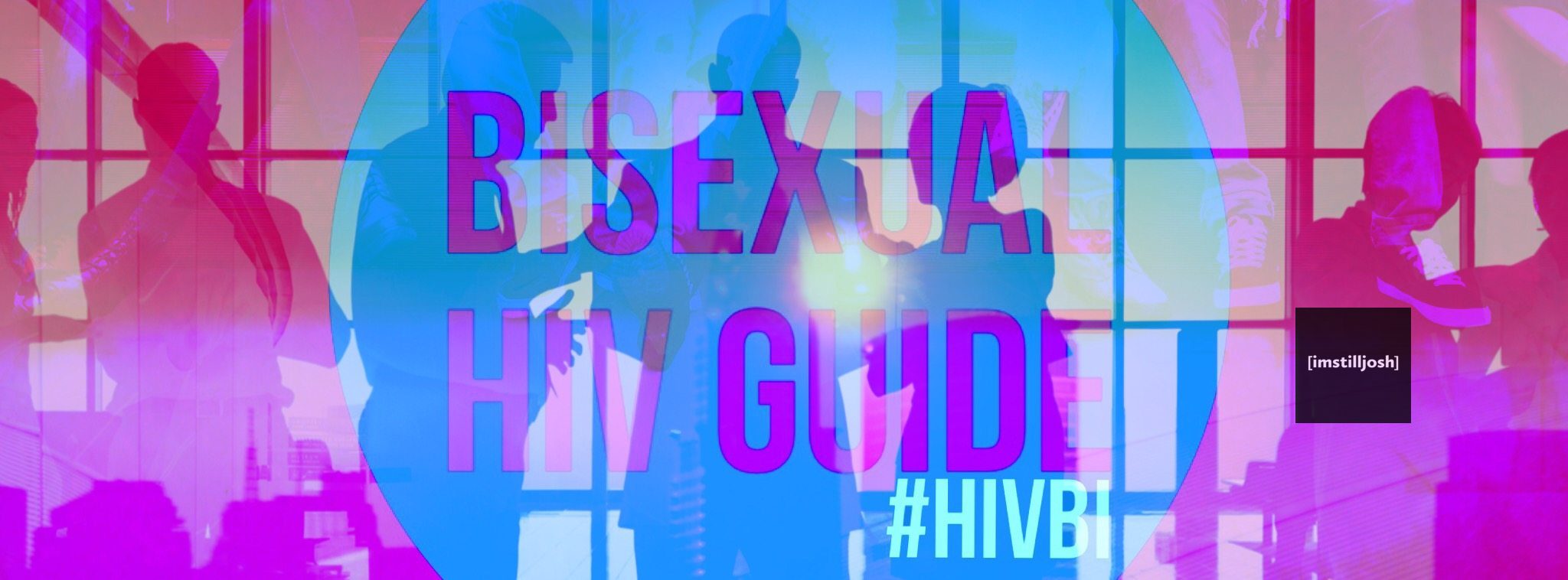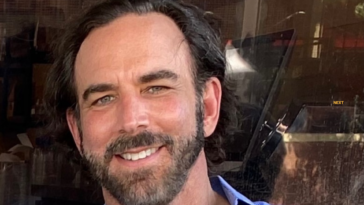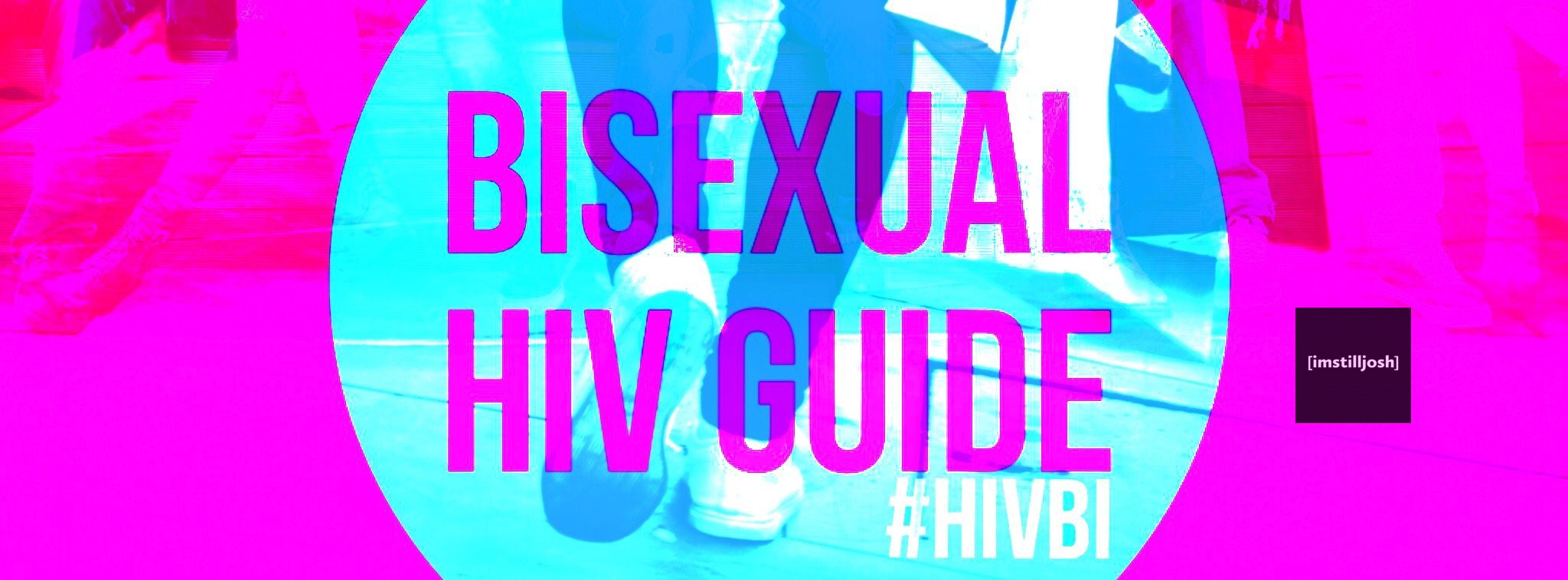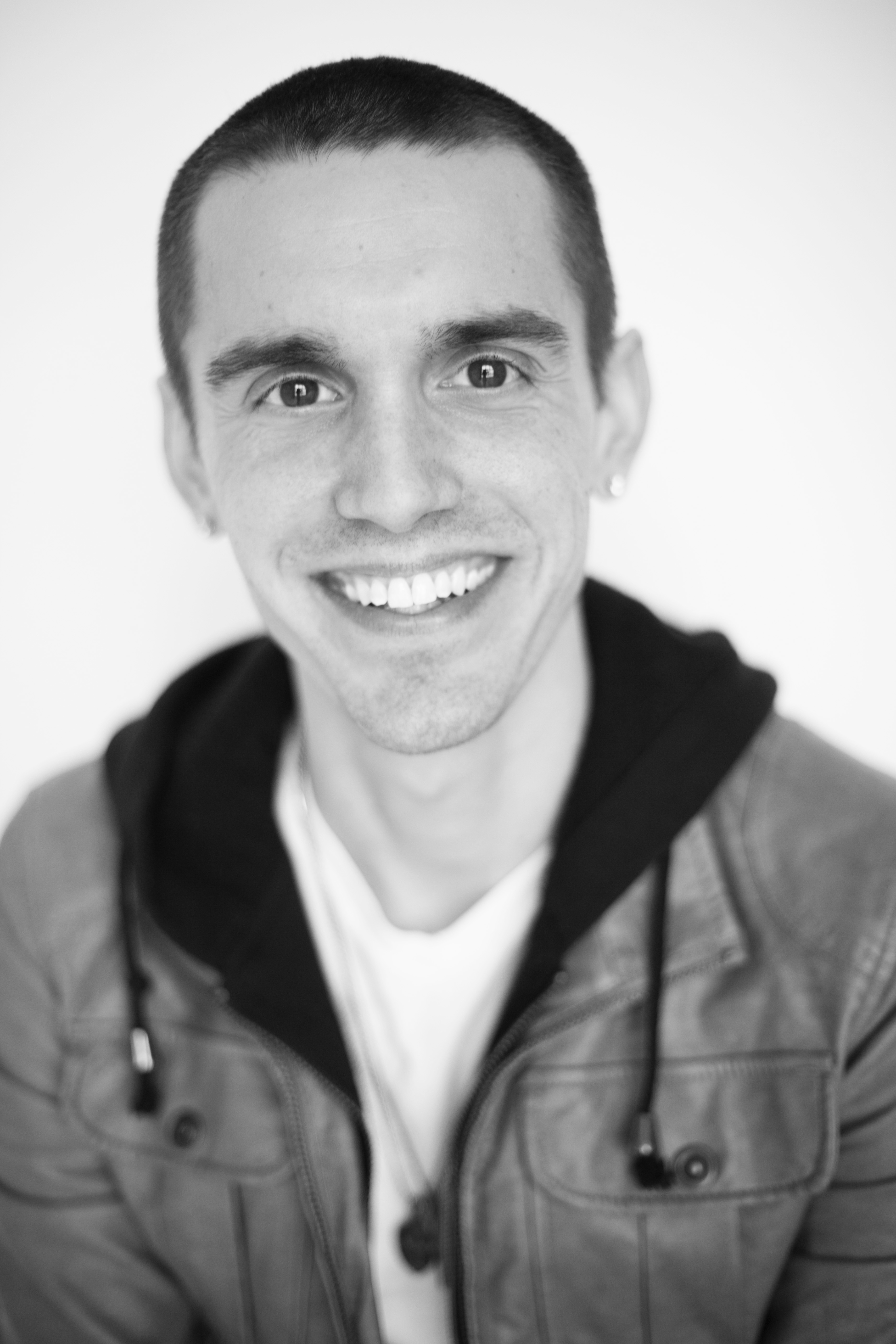The “LGBT community.”
Come on now. Who are we kidding?
It has been almost two years since imstiljosh asked, “Are we forgetting the ‘T’ in LGBT?” and published “Why You Need to Get Behind the Transgender Equality Movement” and the “Transgender Guide for HIV Awareness.”
We explained that not only is supporting transgender people the right thing to do, but essential to public health.
Since then, the U.S. Centers for Disease Control and Prevention (CDC) has begun to collect separate epidemiological data for the transgender community, a huge leap forward in doing a better job of developing trans-specific HIV prevention interventions.
There has been incredible progress in the transgender equality movement in the past two years. Awareness has ramped up in a big way, from critical research surrounding transgender use of PrEP to Caitlyn Jenner appearing on the cover of Vanity Fair. Even if she has set off a firestorm of controversy in the transgender community itself, the country fully understands now that transgender people are everywhere whether they like it or not.
But even at imstilljosh, we missed something when we wrote that story. Because not only have we forgotten the “T” in LGBT, we also have forgotten the “B.” A long time ago, in fact.
With recent gains among the transgender community, imstilljosh wondered: Are bisexuals now even more marginalized, forgotten and misunderstood than transgender people?
“We’re certainly more underserved than the transgender community,” said Faith Cheltenham, president of BiNet USA. “There are no bi-specific programs at most LGBT centers.”
That lack of services, which usually do not exist beyond a bisexual support group (which of course only would be accessible to MSMWs [men who have sex with men and women] who feel comfortable going to an LGBT center) has resulted in staggering statistics regarding the health of MSMW.
Bisexuals in even poorer health than gays and lesbians
According to the National Health Interview Survey (2013), bisexuals who identify as bisexual had poorer outcomes than not only heterosexuals, but also gays and lesbians. For example:
- 28.6 percent were current smokers (compared to 25.8 percent of G/L and 17.6 percent of het.)
- 39.5 percent had five or more drinks per day in the past year (compared with 33 percent of G/L and 22.3 percent of het.)
- 10.8 percent reported serious psychological distress in the past 30 days (compared with 4.9 percent of G/L and 3.7 percent of het.)
- 35.3 percent were considered obese (compared to 29.5 percent of G/L and 29 percent of het.)
- Finally, only 56.7 percent had private health care (compared with 69.1 percent of G/L and 62.3 percent of het.)
According to the 2007 to 2011 CSHS, bisexual people had higher lifetime numbers of some sexually transmitted infections than gay and straight people, including chlamydia, genital herpes and HPV. But they had much lower rates than gay people of HIV, gonorrhea, public lice and syphilis.
Numerous research papers also show that bisexuals are generally in poorer mental and physical health than lesbian and gay people. However, the data from various research papers tends to be all over the map, depending on the sample (cultural and socioeconomic influences can impact health, for example). How a particular MSMW self-identifies makes a difference too. It’s not just “bisexual.” In fact there are more than half a dozen identity labels even within the bisexual spectrum, including fluid, multisexual, non-monoseuxal, pansexual, polysexual, pomosexual, and omnisexual.
For the sake of definition, Robyn Ochs, an American bisexual activist, defines “bisexual” as this:
“Bisexuals are people who acknowledge in themselves the potential to be attracted – romantically and/or sexually – to people of more than one sex and/or gender, not necessarily at the same time, not necessarily in the same way, and not necessarily to the same degree.”
Risk factors such as injection drug use and sex work also play a role in the health outcomes of bisexual people. Some bisexuals enjoy working for sex and are true “sex workers;” others just have sex for drugs or a place to sleep at night, and that is called “survival sex.”
In a presentation at the 20th Conference on Retroviruses and Opportunistic Infections in Atlanta in 2013, Mark Mascolini reported, “Little research has compared demographic or risk behaviors of bisexual HIV-positive U.S. men with those variables in gay or straight HIV-positive men,” a glaring omission. “Sexual risk behaviors of bisexual men significantly differ from gay and heterosexual men. Compared to bisexual men, heterosexual men are independently less likely to report unprotected sex, but do not differ from gay men in unprotected sexual behavior.”
Finally, bisexual men and women both are more prone to intimate partner violence than any other sexual minority.
What does it all mean?
“Prevention interventions for bisexual men need to be appropriately tailored as evidence suggests they are less likely to be reached by programs targeting gay or heterosexual men.”
Related [imstilljosh] Bisexual HIV Guide: Sure you’re bi. Wink, wink.
![[ IMSTILLJOSH ]](https://imstilljosh.com/wp-content/uploads/2020/09/9A79D7E4-5626-422E-ABC0-F601C8891E6A.png)





















One Ping
Pingback:#HIVBI: Bisexual men have sex with women, too. CDC labels it MSM?